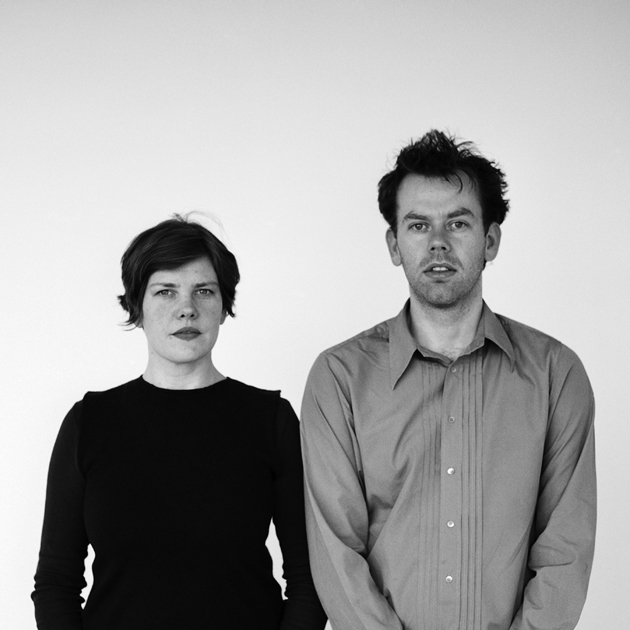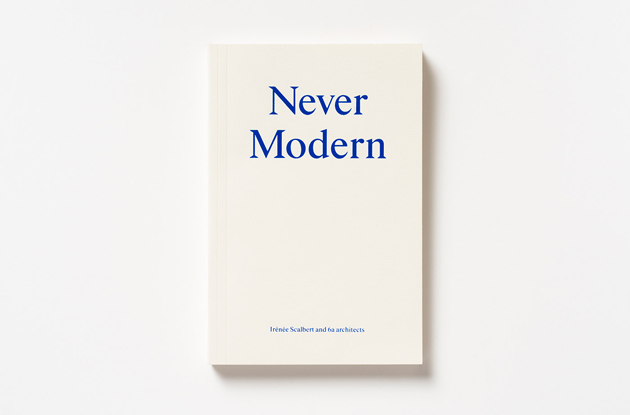
In, “Never Modern”, an exceptional book on the London based studio 6a architects, critic Irénée Scalbert looks at the role of narrative, history, appropriation and craft in the work of Tom Emerson and Stephanie Macdonald. The book is based on a dialogue with the two partners of the office, yet it’s not a book written in the first person by the designers, it is not an interview or a dialogue between a critic and a group of architects. Rather, “Never Modern” is a strange book, hard to classify. The tone is different from a classic essay. It is very well written, with a style, or better, with a rhythm that changes and transforms continuously.
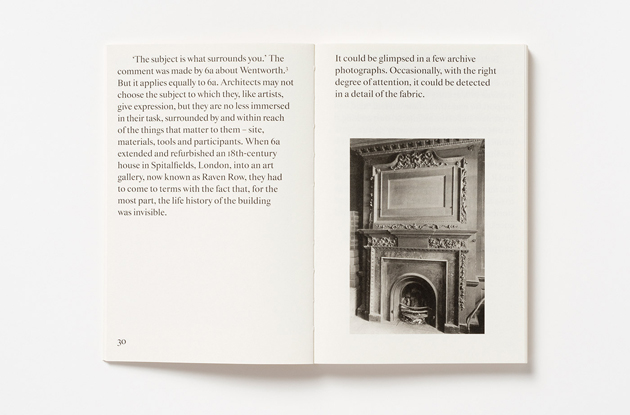
Maybe it’s a story, or a collection of poetic fragments of spaces, objects, atmospheres and built artifacts, which follows, in a sense, the approach that the architect duo applies to their work. Structured around notions of situation, intervention, making, comedy, bricolage, chance and anthropology, the text is mirrored in a visual essay of archive photographs, artworks, film stills and recent projects by the studio. For 6a, the project is the result of a slow narrative, seemingly trivial, the kind of process that can be considered as fragments of existence that are manipulated and re-presented in a modern way, despite its title apparently stating the contrary.
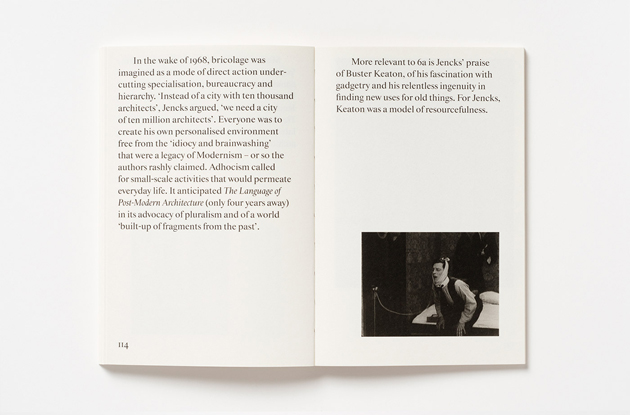
The story of a building is its future form, the gesture is replaced with listening, making architecture as the only solution to finding a poetic form. Irénée Scalbert defines it as a DIY attitude more than conceptual, theoretical operation. The fragments constitute the entire script of what can and should be regarded as the structure of an idea of architecture that communicates not so much with the past, but mainly with the layers deposited on the space and time. Emerson and MacDonald do not deny the past, do not try to be modern at all costs, but they need to understand an environment, before rewriting the space according to a narrative form. Their work fits with the poetics of architects such as Tony Fretton, Caruso St John and Sergison Bates who, in the work of Alison and Peter Smithson, find their point of reference.
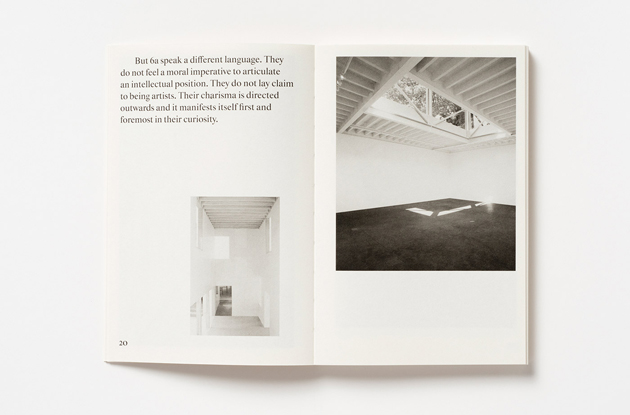
The book traces an architectural approach avoiding style, signature, theory and even concept in favor of metis, an ancient form of intelligence combining “flair, wisdom, forethought, subtlety of mind, deception, resourcefulness, vigilance, opportunism, varied skills, and experience.” 6a architects escape from easy reprogramming of the buildings, trying to understand and read the hidden stories, not trying to prolong the life of these buildings through a simple makeover, or by repurposing it into a coffee shop or an exhibition space. The architecture should not accept its physical decline, it must turn over the crisis of a system, or the production of housing, in a new starting point; the architecture should go back to be a living space. The notion of space is in fact much more important than the architecture that contains it, and this is not an easy subject to teach, in a world where schools often repackage a style instead of giving the tools of imagining the future.
